This particular plant does not tolerate full sun in the summer. The good news is that this is not a disease, fungus, or pest. The purplish tinge is merely cauliflower being cauliflower. We blanch (cover the developing head with leaves) to make sure that we get nice, perfectly white cauliflower. But genetically, many cauliflowers tend toward purple, red, or blue pigments. When a lot of light hits the developing heads of these cauliflowers, we start to see a purplish tinge form along the edges of the heads. It’s still perfectly edible, but may have a slightly “off” flavor — raw eating is best in this case, because cooking will only increase the off flavor of the affected curds. To prevent it from getting any more purple, it’s time to get that head of cauliflower covered up and out of the sunlight. To blanch your cauliflower, simply draw the surrounding leaves up and around the head of cauliflower. Tie the leaves together with garden twine. That’s all there is to it, and you won’t have to worry about any further coloring of the cauliflower curds.
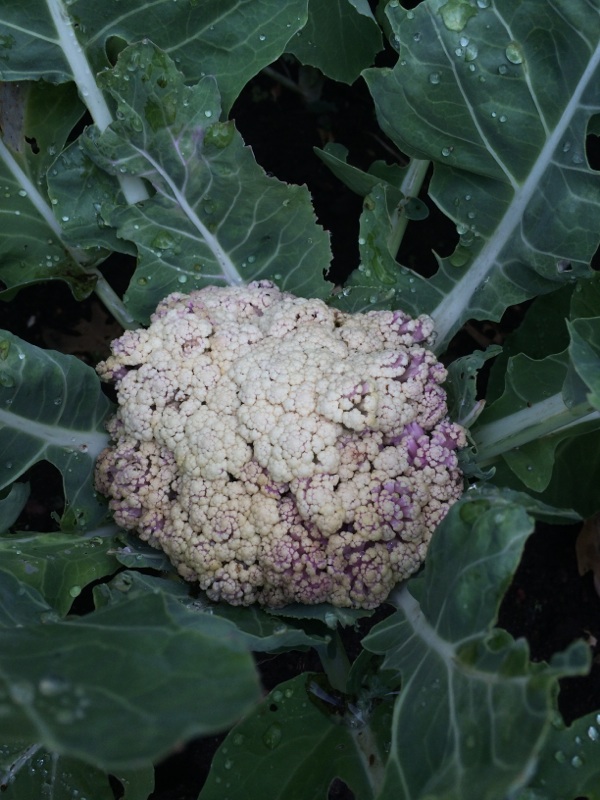
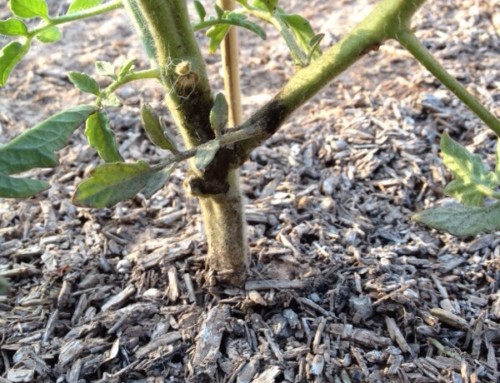
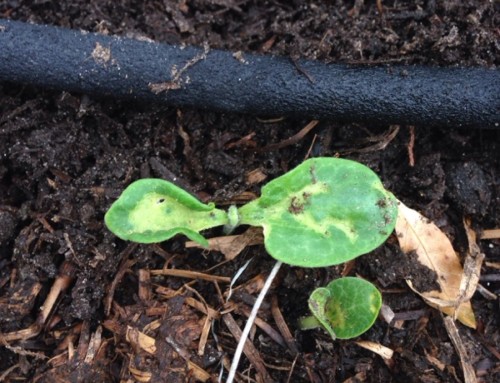
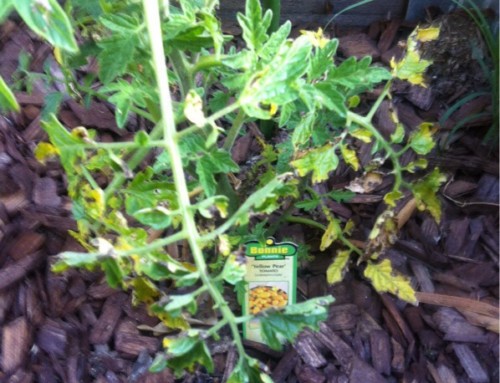
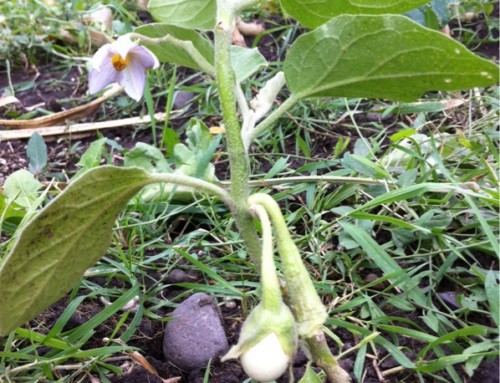
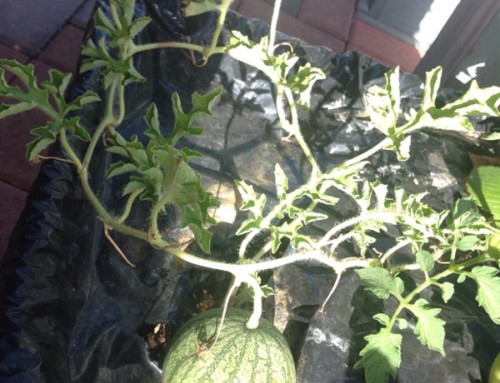
Leave A Comment